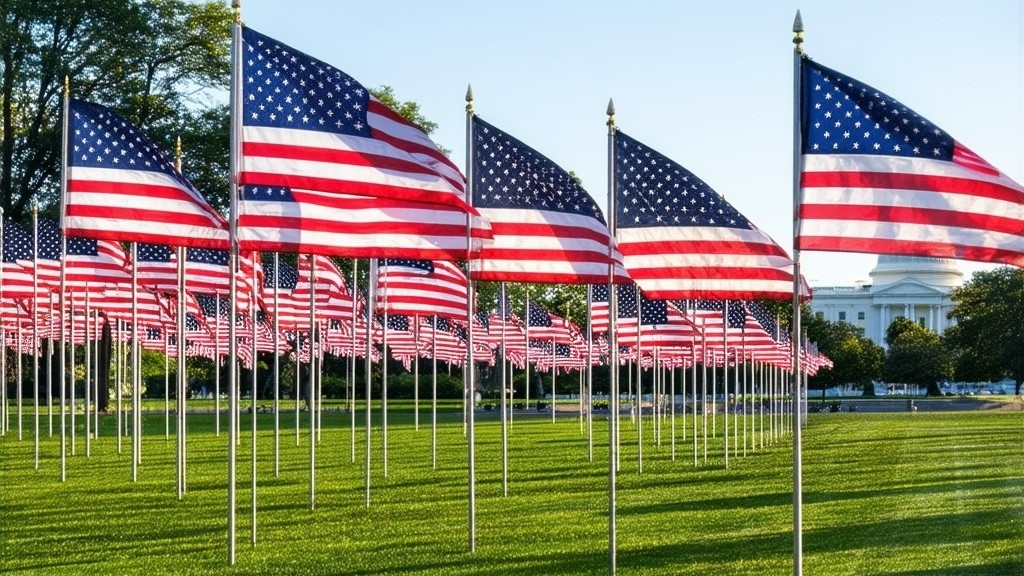As the United States heads to the polls, the world waits to see how the outcome will reshape the future of global trade. U.S. trade policy has a profound impact on international markets, and tonight’s election could result in shifts that affect businesses worldwide. From tariffs and trade agreements to environmental and labor standards, the policies of the next administration will directly influence the global economic landscape. This article explores potential trade policy outcomes, the mechanisms through which U.S. leaders can alter trade policy, and what companies can do to hedge risks in an evolving trade environment.
Understanding the Trade Policy Landscape: How U.S. Leaders Shape Trade
The U.S. president holds significant authority over trade policy, with the power to negotiate trade agreements, impose tariffs, and make decisions that impact international economic relationships. While Congress also plays a role, the executive branch has broad leeway in enacting trade policies under the Trade Act of 1974 and other legislative frameworks. Here’s a breakdown of how U.S. trade policy is shaped:
- Executive Orders and Presidential Proclamations The president can use executive orders to enact immediate policy changes that affect trade. These orders can impose tariffs, restrict imports, or provide incentives for domestic manufacturing. For instance, in recent years, executive orders have been used to impose tariffs on steel and aluminum imports, aiming to protect U.S. industries from foreign competition.
- Trade Negotiations and Agreements The president has the authority to negotiate trade agreements with other countries. While Congress must ratify formal trade agreements, the president can enter into executive agreements that don’t require Congressional approval. Agreements such as the USMCA (United States-Mexico-Canada Agreement) reflect the president’s influence on regional trade, with implications for tariffs, labor standards, and environmental practices.
- Influence on Regulatory Agencies The president appoints the leaders of key trade-related agencies, including the U.S. Trade Representative (USTR), Department of Commerce, and International Trade Commission (ITC). These agencies are responsible for implementing trade policies, investigating trade disputes, and ensuring compliance with regulations. Through these appointments, the president indirectly influences trade enforcement and policy decisions.
- Congressional Oversight and Tariff Authority While the president wields considerable power over trade, Congress retains authority over tariffs and international commerce. Trade policies may require Congressional approval, especially if they involve long-term agreements or significant shifts. However, the president can still unilaterally implement certain tariffs and restrictions, especially under Section 232 (national security) and Section 301 (addressing unfair trade practices).
Key Trade Policy Areas to Watch After the Election
The results of tonight’s election will determine which trade policies are prioritized in the coming years. Here are the major areas to monitor and their potential impacts on global trade:
- Tariffs and Trade Tensions
- Regional Trade Agreements and Market Access
- Supply Chain Resilience and Onshoring Initiatives
- Environmental and Labor Standards
- Strategic Relationships with Emerging Markets
How Companies Can Hedge Against Trade Policy Risks
Given the uncertainty surrounding U.S. trade policy, companies should adopt a proactive approach to mitigate risks and remain adaptable to potential changes. Here are some key strategies businesses can use to hedge against trade policy shifts:
- Diversify Markets and Supply Chains Relying on a single market or supplier makes businesses vulnerable to sudden policy changes. By diversifying both markets and supply chains, companies can reduce their exposure to specific tariffs, restrictions, and regulatory risks. For instance, a manufacturer sourcing all components from China may consider suppliers in Southeast Asia or Latin America to mitigate the impact of potential tariffs.
- Stay Informed on Policy Developments Regularly monitoring policy updates and trade news is essential for staying prepared. Companies should subscribe to updates from trade organizations, government agencies, and industry news sources to stay aware of any changes that could impact their operations.
- Build Flexibility into Supply Chains Flexibility is key to responding quickly to policy shifts. By working with multiple logistics providers, maintaining safety stock, and implementing agile manufacturing processes, companies can adjust operations as needed. This flexibility is especially important for sectors facing frequent tariffs or import restrictions.
- Establish a Compliance Program for New Standards Trade policy changes often include new compliance requirements, particularly for environmental and labor standards. Companies should establish or strengthen compliance programs to ensure adherence to new regulations. This includes conducting regular audits, training employees, and investing in tools that track regulatory updates.
- Utilize Currency Hedging Strategies Trade policy changes can cause currency fluctuations, impacting costs for importers and exporters alike. Companies can use currency hedging instruments like forward contracts or options to lock in exchange rates and protect against unfavorable currency shifts.
- Engage with Industry Associations and Trade Councils Organizations like the International Trade Council provide resources, networking, and advocacy to help businesses navigate complex trade policies. Engaging with these associations can give companies access to expert insights and support as they adapt to policy changes.
Conclusion
As tonight’s election results unfold, businesses around the world will need to prepare for potential changes in U.S. trade policy. From tariffs and trade agreements to environmental standards and supply chain resilience, the implications of this election will be felt across industries. By staying informed, diversifying strategies, and building flexibility into operations, companies can hedge against trade policy risks and adapt to a rapidly changing landscape.
The next administration’s approach to trade will shape global commerce, but businesses that remain proactive and adaptable will be best positioned to navigate the challenges and seize new opportunities. In an era of unpredictable trade dynamics, resilience, and preparedness will be key for success.
#USElection2024 #GlobalTrade #TradePolicy #SupplyChain #RiskManagement #BusinessStrategy #EmergingMarkets
